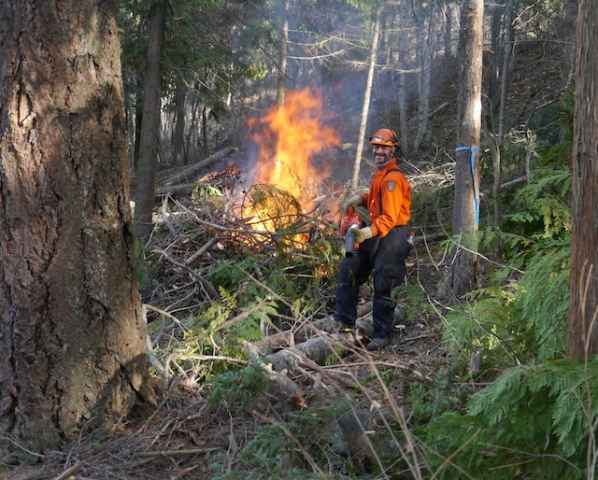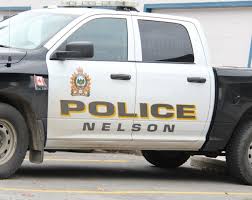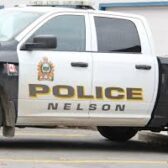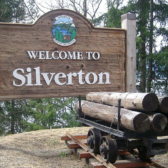City thins and burns to reduce forest fire threat
Wood smoke and the sound of chainsaws in the forest above Mountain Lakes and the 10th Street campus in the past couple of months are part of an ongoing attempt by the city to make things less risky in the event of a forest fire near Nelson.
“The problem with those areas is that they would have a rapid spread of fire because of the woody debris on the forest floor and the ladder fuels that are on the lower portions of the trees,” Nelson fire chief Simon Grypma told The Nelson Daily. “A fire spreads from a ground fire up the ladder fuels up into the canopy of the forest and then flashes from one tree to the next.
“So the whole intent of the fuel mitigation work is to keep the fire on the ground.”
Grypma said this is done in three ways. First, remove all the dead standing timber. The usable timber is sold to sawmills or pulp mills and the proceeds fed back into the fire mitigation program.
Second, create spacial separation between trees by thinning them so a fire can’t spread so easily through the canopy. Third, clean up woody debris on the forest floor and the dead material near the bottoms of the trees that are left standing.
Grypma says that any tree or stump that is obviously wildlife habitat is left.
He emphasizes that his contract crews do not do this work on private land or crown land, only on forested city land. The work is part of the City of Nelson’s Community Wildfire Protection Plan. He says there are regular fire mitigation discussions and coordination between the city, the RDCK, the timber industry and the provincial ministries of forests and environment.
Grypma points out that it is not simply a matter of making houses safer from forest fires. Sometimes it’s the opposite. A fire within the city such as a house fire can start a forest fire that can then spread back and forth between forest and houses.
“One house on fire requires fifteen firefighters and a truck,” says Grypmna. “Two fires, 30 firefighters. We can’t deal with more than two house fires at a time.”
That’s why he recommends rooftop sprinklers, which have been shown to be very effective in fires at the fringes of cities.
“In Nelson we have enough sprinkler protection equipment to put sprinklers on 140 homes.”
Grypma says one of the greatest dangers is burning embers that can fly up to four kilometres. His department has been working on a way to combat that.
“We purchased six water tanks complete with pumps and hoses. We designed them and had them built, and they sit in the back of a pickup. If a fire is coming toward Nelson one of the biggest threats is the flying embers from the fire, so we can now send out six pickups with six firefighters to tour the streets and alleys looking for spot fires from the debris and ash and put them out.”
Grypma says one of the most worrisome areas is the west side of town, in the Granite Road area. “We have addressed that whole area too and there has been a lot of work recently done by Nelson Hydro. They have upgraded powerlines and at the same time put in a fire stop, so if a fire was to come from the Granite road area into Nelson we have a fire break.”
The fuel mitigation program is funded 90% by grant money from the Union of B.C. Municipalities and 10% by the city, amounting to a total of $300,000 for all of the high risk areas in the city.


























